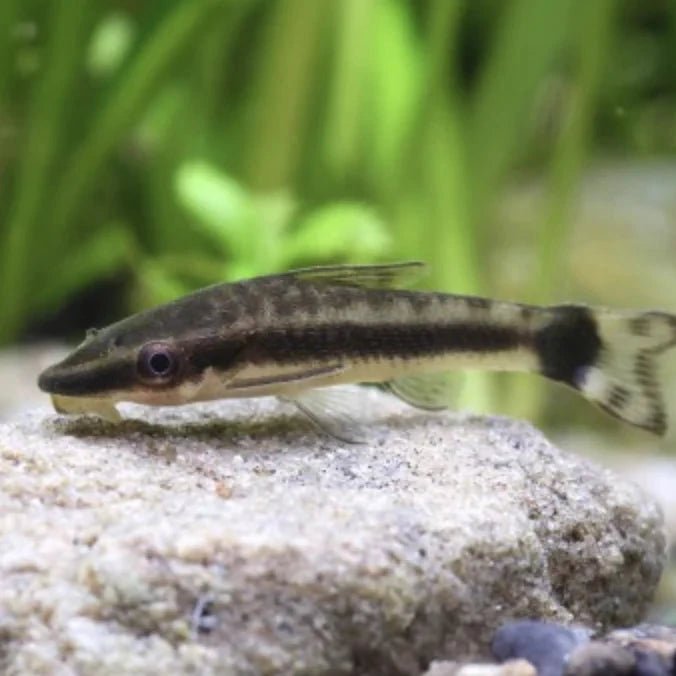
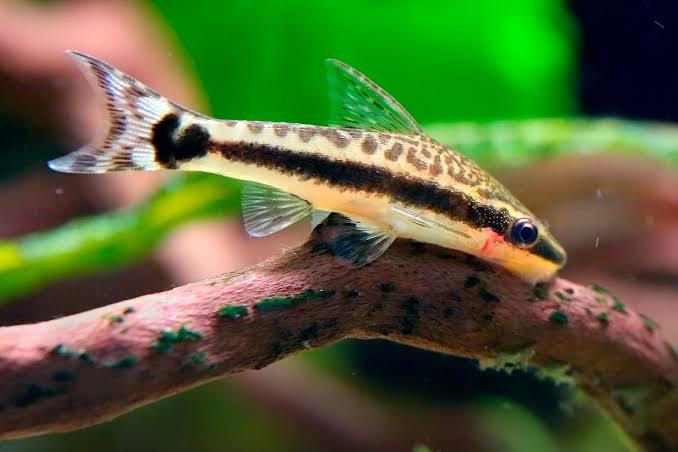
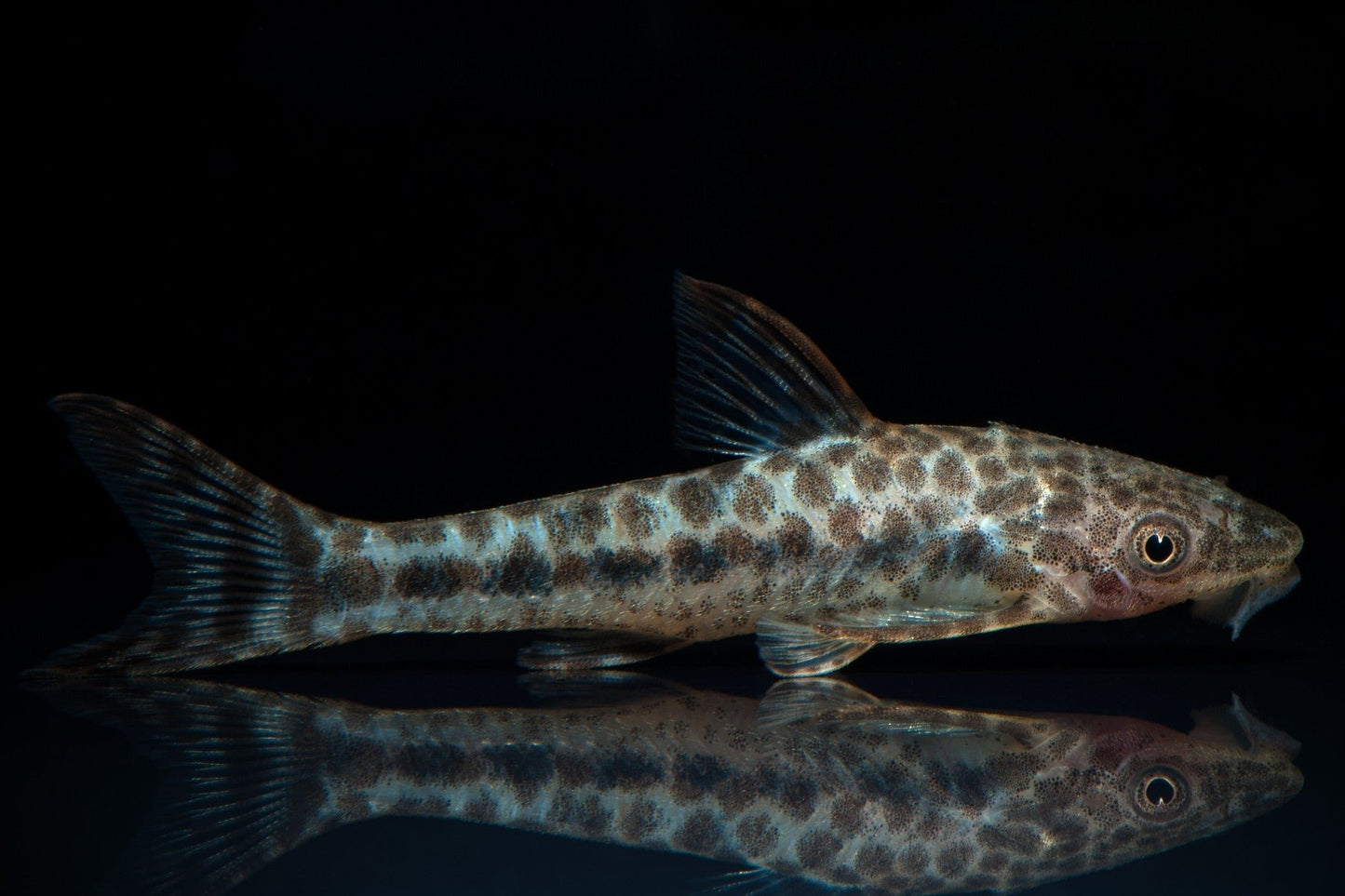
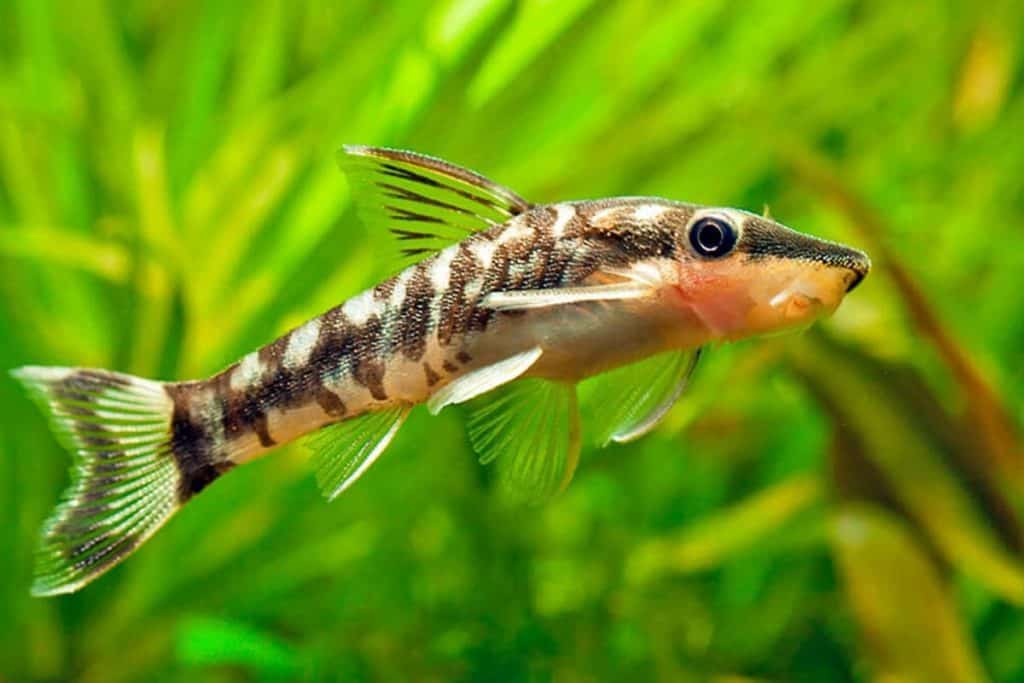
While we make every effort to ensure that our online stock levels are accurate and up to date, some products—particularly those that are perishable or subject to daily changes—may vary in availability. This includes livestock, fish, corals, and both fresh and frozen foods. Due to the nature of these items and their dependence on factors such as shipment schedules, health status, and in-store demand, availability can change rapidly and may not always be reflected in real time on our website.
To avoid disappointment, we strongly encourage customers to confirm the availability of these products before placing an order or visiting In-Store. You can do this easily by using the "Ask a Question" tab on the product page or by calling us directly on 0460 961 696 .
Our friendly team will be happy to assist and provide the most up-to-date information on current stock.
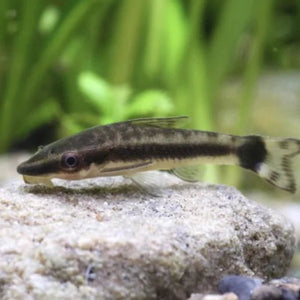
Tiny, peaceful, and endlessly helpful, the Otocinclus Catfish (Otocinclus arnoldi)—or simply “Oto”—is a beloved freshwater algae grazer, ideal for planted aquariums. Known for their gentle temperament and tireless cleaning habits, these small catfish feed primarily on soft algae and biofilm, making them one of the best natural maintenance crews for community tanks.
Species: Otocinclus arnoldi
Common Names: Otocinclus, Oto Catfish, Dwarf Suckerfish
Origin: South America – plant-rich tributaries of the Amazon Basin
Light Requirements: Moderate – indirect light promotes algae growth
Diet: Herbivorous – soft algae, supplemented with algae wafers, blanched vegetables (zucchini, cucumber, spinach), and spirulina
Maximum Size: 4–5 cm
Temperament: Extremely peaceful and shy
Care Level: Intermediate
Aquarium Setup:
Best kept in mature aquariums of at least 40 litres with established algae growth. They thrive in heavily planted tanks with driftwood, smooth surfaces to graze on, and gentle water flow. Otos are social and must be kept in groups of 4 or more to reduce stress and encourage natural behaviour.
Water Parameters:
Temperature: 22–26°C
pH: 6.5–7.5
Hardness: 4–12 dGH
Growth and Maintenance:
Otocinclus can be delicate during the acclimation period, but once settled, they are hardy and rewarding. Their small stomachs require constant grazing, so ensure biofilm and algae are present or supplement with fresh vegetables and algae-based foods. Avoid over-cleaning glass and decor, as this reduces their natural food sources.
Care Tips:
✔ Always introduce to a mature tank with biofilm
✔ Keep in groups – never keep a single Oto
✔ Supplement diet with blanched greens and algae wafers
✔ Avoid sudden changes in water quality
✔ Provide shaded areas and hiding spots to reduce stress
Compatibility:
Perfect for peaceful community aquariums. Great tankmates include tetras, rasboras, corydoras, guppies, shrimp, and other small non-aggressive fish. Avoid large or aggressive species.
Availability:
Commonly available in the aquarium trade, though many are wild-caught. Proper acclimation and stable water conditions are crucial for success.
Disclaimer:
As a live animal, appearance and size may vary depending on age and condition. Juveniles may appear paler but will develop stronger markings as they mature.





